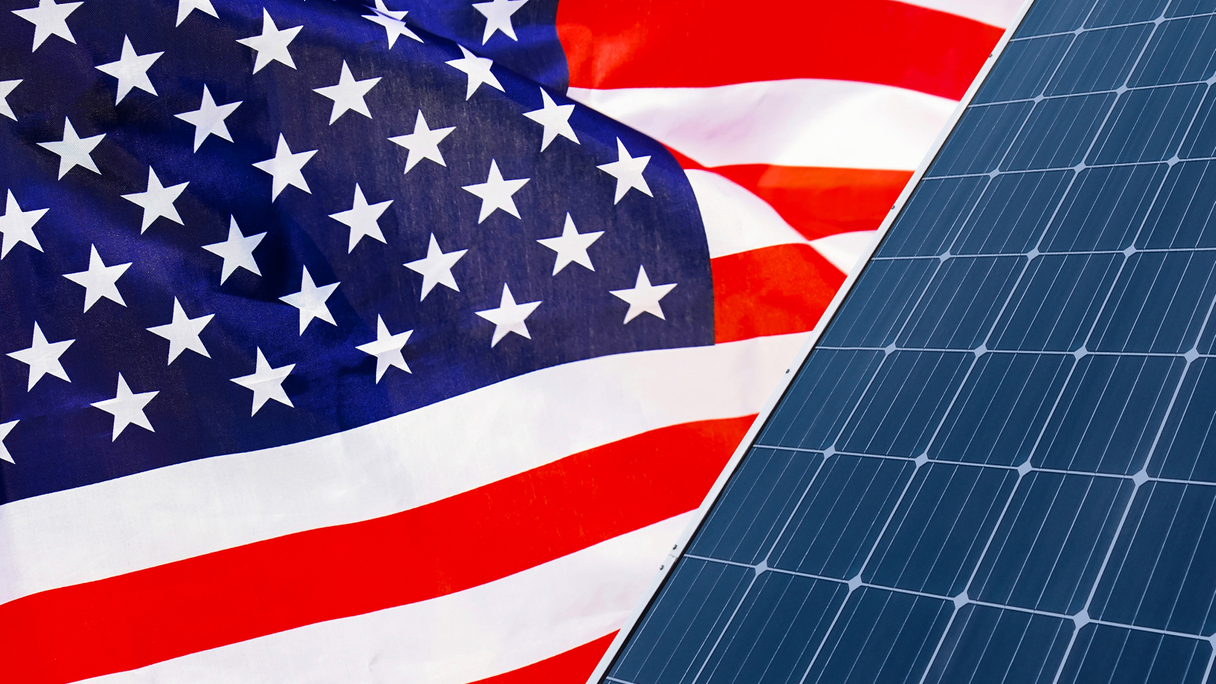When the United States passes era-defining economic legislation – think New Deal of the 1930s, or Dodd-Frank, in 2010 – it tends to go large, and the latest epoch-making iteration of American regulatory rulings, the US Inflation Reduction Act (IRA), is no exception.
¬ Haymarket Media Limited. All rights reserved.



